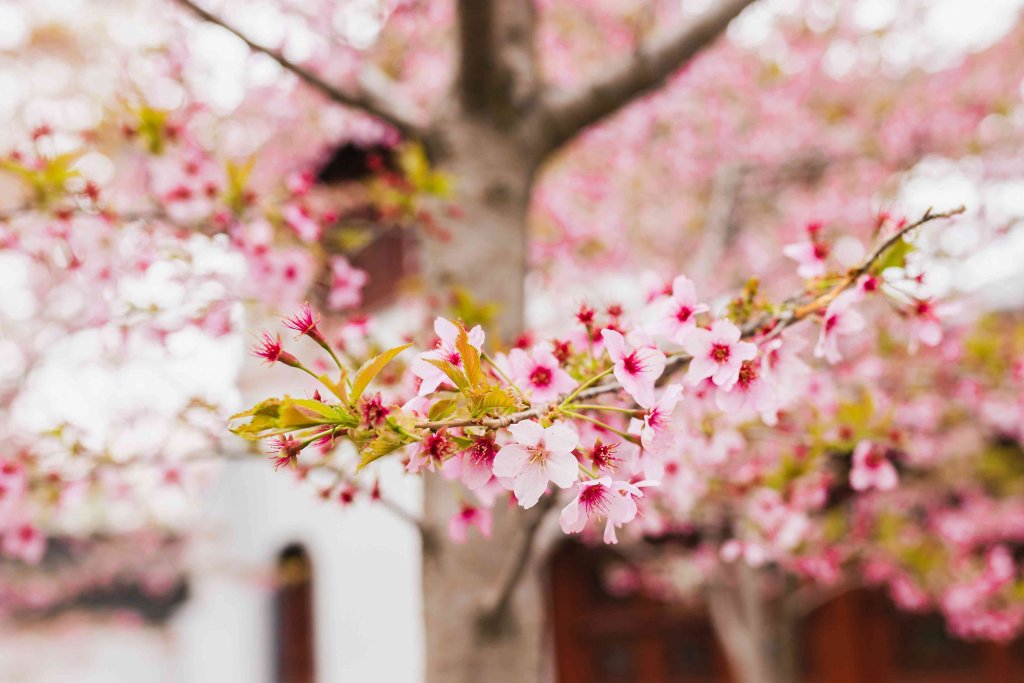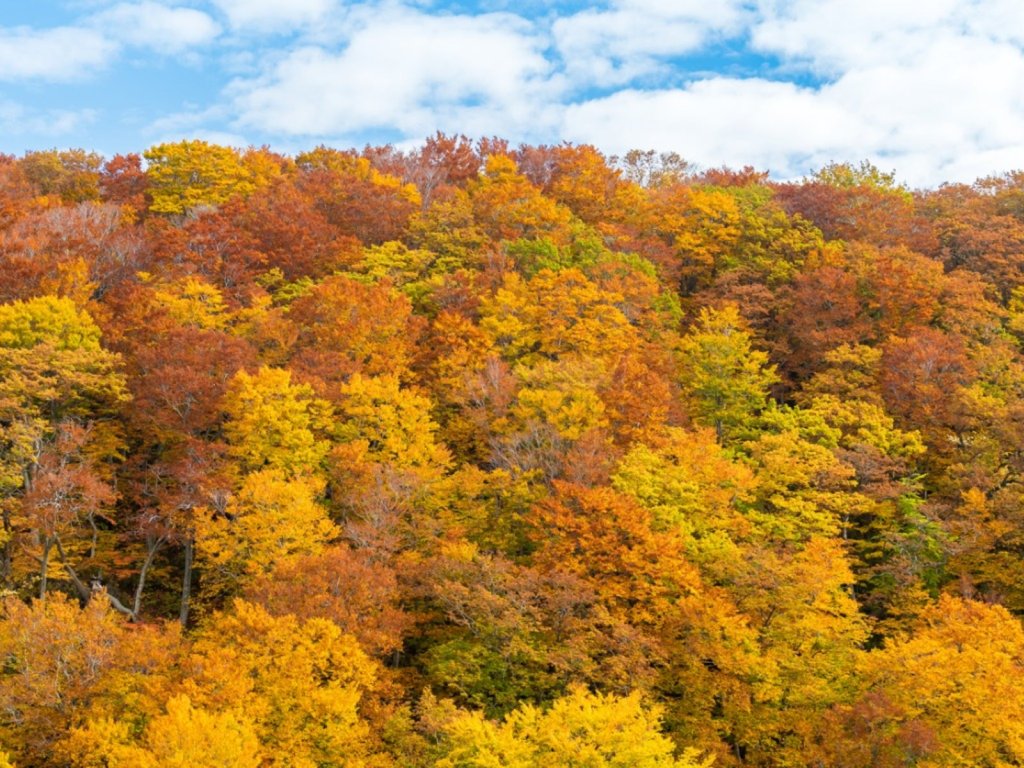Have you ever thought about why deciduous trees don’t make flowers? When we talk about flower trees, we mean trees that should have beautiful blossoms like those in pictures. But sometimes, these trees don’t produce any flowers, which can be puzzling.
To understand this, we need to know about how trees work. Trees, like all plants, have their way of doing things. Instead of making flowers, they might focus on growing leaves and branches.
These leaves help the tree make food and shade us on sunny days. Some trees are just like that. They choose not to spend their energy on making flowers. It’s just nature’s way of being diverse and unique.
Let’s learn more about why deciduous trees fail to flower.
1. Understanding Deciduous Trees
Deciduous trees, which are known for losing and growing back their leaves, include many different types that are found all over the world in various climates and places. These trees drop their leaves in the fall to save water and energy during the cold winter. When spring comes, they grow new leaves, and they look amazing.
Famous deciduous trees such as oak, maple, and cherry, highlighted in our guide to flowering trees and photos, aren’t just visually appealing. They play a crucial role in environmental sustainability, offering a habitat for wildlife and contributing to biodiversity.
Bugs and small animals use their leaves for homes and food. Plus, the beautiful flowers on these trees are food for bees and butterflies, helping many plants grow and keeping different kinds of plants and animals around.
2. Factors Affecting Flowering in Deciduous Trees
Apart from the environment and soil quality, genes also play a big role in how deciduous trees bloom. Different types of trees have unique genes that decide when they will flower.
Some trees can handle different conditions, while others need specific conditions to flower. Another thing to think about is pests and diseases. When trees get bugs or diseases, they can weaken and use their energy to fight them off instead of flowering.
This can lead to fewer or no flowers on the affected trees.
3. Climate Change and Flowering
The effects of climate change on deciduous trees are complicated and go beyond just problems with how they bloom. Trees might not get enough water when it gets hotter because there’s less rain. This makes them weaker and more likely to get attacked by bugs and diseases, damaging whole forests.
Also, the changing climate messes up the timing of when trees bloom and when bugs like bees and butterflies come to visit. These bugs rely on tree flowers for food; if the timing is off, it can mess up the whole ecosystem.
It affects how trees make new trees and how many fruits and seeds there are for many other animals.
4. Pest and Disease Influence
Pests and diseases are big problems for flowering plants and trees. They can hurt the plants and make them look bad. One example is the emerald ash borer, a beetle from somewhere else that now hurts ash trees in North America.
These beetles dig into the tree’s bark, which messes up how the tree gets food and makes the tree die. Another problem is the chestnut blight, caused by a fungus that almost wiped out American chestnut trees long ago.
5. Nutrient Deficiencies
Lack of nutrients in the soil can affect deciduous trees’ ability to bloom. Important nutrients like nitrogen, phosphorus, and potassium are needed to grow and flower properly.
Regularly testing the soil and using the right fertilizers can fix these nutrient problems and help the trees bloom healthily.
7. Genetic Factors
Genes also have a role in how deciduous trees bloom. Some trees may be more likely to have trouble flowering because of their genes.
But scientists are studying this and trying to create better trees that can bloom more.
8. Human Activities
Human actions like cutting down trees, building cities, and polluting the environment hurt deciduous trees.
These actions mess up where they live, expose them to bad things, and make it hard for them to make flowers. We need to work hard to protect these trees from these bad things.
9. Adaptive Responses of Deciduous Trees
Deciduous trees aren’t just passive victims of environmental challenges. They’ve been adapting for a long time.
They change when they bloom, save energy when things get tough, and even team up with helpful creatures to improve their chances of flowering.
10. Case Studies
Studying real-life examples of deciduous trees not flowering helps us understand the problem better.
When we look at these cases, we can learn a lot about the factors that cause this issue.
11. Mitigation and Solutions
To fix the issue of deciduous trees not flowering well. We need to take a few different steps. First, we must watch out for any environmental changes and deal with them.
Second, we must control pests and diseases that can harm the trees. Third, we should make the soil healthier.
Lastly, it’s important to protect and manage the land in a way that keeps these trees able to flower.
Conclusion
Deciduous trees sometimes fail to flower due to various simple reasons. First, it might be because of the weather if it’s too cold or dry. The trees might not flower; they need the right temperature and moisture to bloom.
Another reason could be their age. Young trees often need more time to mature before they can produce flowers. They need to grow big and strong first. So, when deciduous trees don’t flower, it’s often because of these simple things, such as weather, age, soil, health, or bugs.
Taking care of these basic needs can help trees bloom and bring beauty to our surroundings.


